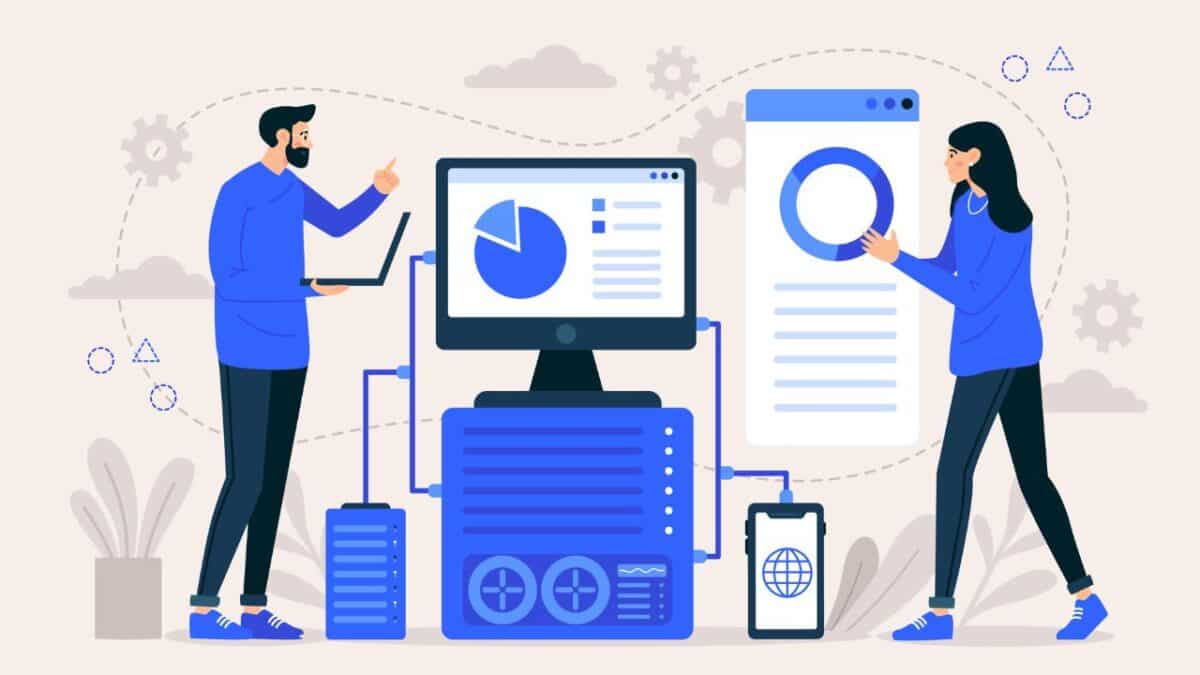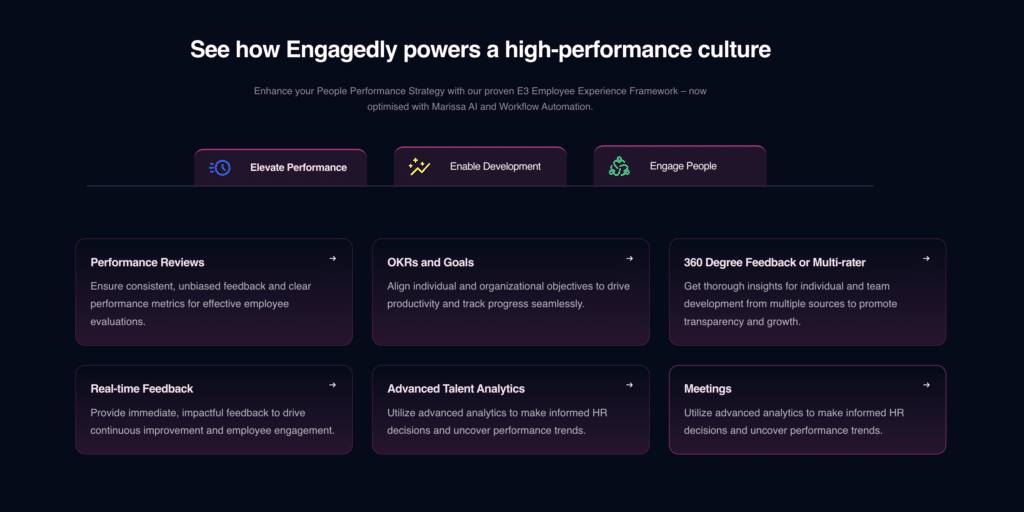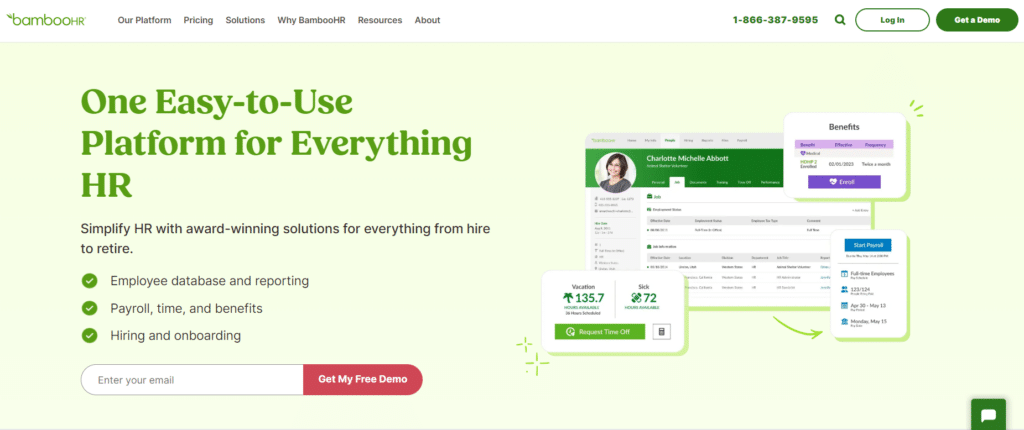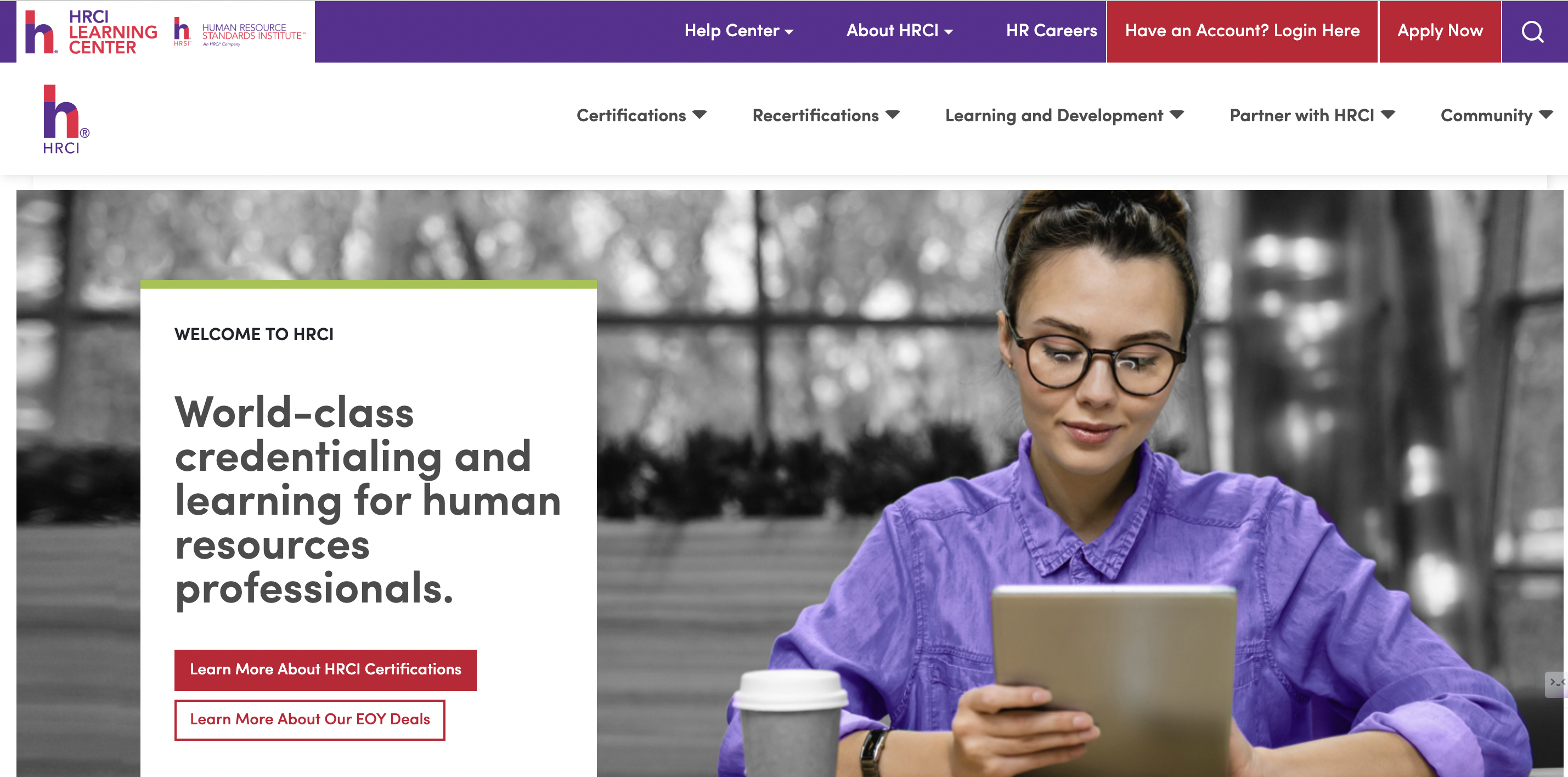How much does it really cost to hire someone? The answer might surprise you. Hiring a single employee comes with more than just a paycheck—it’s a full-on financial investment. Beyond wages, there’s a lineup of hidden expenses, from job ads and recruitment fees to onboarding and training. For small businesses, these costs can easily hit five figures, a hefty outlay that eats into tight budgets.
Making matters worse, external forces are driving costs up every year. Ultra-low unemployment rates, an aging workforce, and a surge in freelance and remote work have created a talent crunch that’s pushed hiring expenses higher than ever before.
In fact, the Society for Human Resource Management (SHRM) reports that average cost per hire has jumped from $4,129 in 2019 to $4,700 in 2023—a 14% increase.
And for roles in high-demand fields like cybersecurity, data science, and nursing, costs can surpass $10,000.
Hiring expenses also vary wildly by position. A typical entry-level hire may run around $2,000 – $3,000, but filling an executive position? That’s a whole different ball game, averaging $28,329 and climbing even higher for C-suite roles due to specialized recruiting, interviewing, and relocation costs. According to LinkedIn, 72% of organizations have reported higher costs for these specialized roles.
Industry dynamics add another layer. In competitive sectors like tech and healthcare, where the hunt for talent is fierce, costs reflect that reality. In 2023, tech companies spent around $6,000 – $8,000 per hire, while healthcare organizations saw hiring costs of $9,000 – $12,000 to secure top professionals.
TL;DR Summary:
- Average cost per hire is $4,700, with executive roles often exceeding $28,000—and high-demand roles costing $6K–$12K+.
- Hidden costs include recruitment fees, job ads, interviews, background checks, onboarding, and tech tools.
- Top cost drivers: recruitment agencies (15–25% of salary), job board ads, onboarding ($1.5K–$7K), and internal HR time.
- Industries like tech and healthcare see higher costs due to talent scarcity.
- Use cost-saving strategies like employee referrals, ATS automation, retention programs, and onboarding improvements.
- Smart hiring isn’t just about cutting costs—it’s about investing wisely in quality, retention, and long-term success.
Top 8 Costs to Consider When Hiring
Recruitment Agency Fees
Recruitment is one of the most commonly outsourced functions for companies, especially those hiring for specialized roles or scaling quickly. Third-party recruitment agencies provide expertise, industry connections, and speed that are hard to match internally.
Outsourcing recruitment makes sense if you:
✅ Lack in-house HR expertise or need to fill specialized roles quickly
✅ Are in a high-growth phase and need to hire in volume
✅ Hire infrequently and want to avoid full-time HR costs
✅ Want access to international talent but lack familiarity with local labor laws
✅ Require seasonal or temporary hires, especially during peak seasons
While using an external recruiter offers flexibility and access to a broader talent pool, it comes with a price. According to SHRM, recruitment fees can range from 15% to 25% of a new hire’s annual salary. For instance:
💰 For a role with a $70,000 salary, expect to pay $10,500 – $17,500 in recruitment fees.
Job Advertising
Advertising a job on multiple platforms increases reach but comes at a cost. Job boards like LinkedIn, Indeed, and industry-specific sites charge per click or listing, which can add up quickly.
Companies often use paid job ads when they:
✅ Need to target a broad audience across platforms
✅ Want to fill roles quickly in competitive markets
✅ Are seeking candidates for high-visibility positions
Here’s an idea of what you might spend:
💰 LinkedIn: $5 – $9 per click, depending on location and industry
💰 Indeed: $100 – $300 per month for sponsored job listings
Depending on traffic and competition, monthly job ad costs can range from $500 to $2,000 or more.
Internal Recruiter Salaries and Time
Internal HR staff handle every aspect of the recruitment process, from writing job descriptions to screening candidates. For companies hiring year-round, maintaining an in-house recruiter or talent acquisition (TA) team is often more efficient.
Hiring in-house recruiters makes sense if you:
✅ Need regular recruitment support for ongoing hiring needs
✅ Want close control over the recruitment process
✅ Are hiring for highly specialized roles that require a more hands-on approach
Example costs for in-house recruitment:
💰 The average TA specialist’s salary: $60,000 – $80,000 per year
💰 Cost per hire for an in-house recruiter (assuming 40 hires per year): $2,000 per hire
Interview Costs
Interviews involve not only HR but also department heads and team members. The time invested in multi-stage interviews is valuable but represents an opportunity cost.
Interview costs are significant if you:
✅ Conduct multiple interview rounds, especially for leadership roles
✅ Involve team members from different departments
✅ Conduct technical assessments or require in-depth screening
Common costs involved in interviews:
💰 For each three-hour interview with two managers: $300 per candidate (assuming $50 per hour)
💰 High-level or C-suite roles may require $1,000+ per candidate in total interview time across rounds
Background Checks and Assessments
Background checks help ensure you’re hiring qualified, trustworthy candidates. These checks are especially crucial in regulated industries, like finance and healthcare.
Companies typically perform background checks when:
✅ Compliance requires it for specific roles (e.g., finance, healthcare)
✅ Hiring for senior or executive positions
✅ Screening remote or international candidates
Estimated background check costs:
💰 Basic check: $30 – $50
💰 Comprehensive check with credit and criminal history: $100 – $200
Onboarding and Training
Effective onboarding is critical to setting new hires up for success, but it’s also an investment that can take time to yield returns.
Companies invest in onboarding when they:
✅ Want to integrate new hires efficiently and reduce early turnover
✅ Are hiring for roles that require extensive training, like technical or compliance roles
✅ Need to instill company culture and values early on
Typical onboarding and training costs:
💰 Average U.S. onboarding cost: $1,500 – $5,000 per employee
💰 Cost for roles requiring extensive training (e.g., IT, sales): $5,000 – $7,000
Technology and Software
Many companies use recruitment software to streamline the hiring process. Applicant Tracking Systems (ATS) and Human Resource Information Systems (HRIS) help manage job applications and keep the process organized.
Companies invest in recruitment technology when they:
✅ Have regular hiring needs that require streamlined workflows
✅ Need to manage high volumes of applications efficiently
✅ Aim to use data to improve recruitment outcomes
Sample annual costs for recruitment software:
💰 Small to medium-sized business ATS: $6,000 – $12,000 per year
💰 Enterprise ATS solutions can cost upwards of $20,000 per year
Relocation and Signing Bonuses
Relocation packages and signing bonuses help attract talent for critical roles but can add a significant upfront cost.
These incentives are common when you:
✅ Need to hire from out-of-state or attract candidates in high-demand roles
✅ Offer specialized positions that require unique skills or experience
✅ Want to secure talent quickly in a competitive market
Example costs:
💰 Average relocation package: $5,000 – $15,000
💰 Typical signing bonus: $2,000 – $10,000
How to Calculate Recruitment Costs: Step-by-Step
1. List All Expenses Involved in the Hiring Process
Begin by identifying all costs associated with hiring, including job advertising, recruiter fees, interview costs, and onboarding expenses.
Example: Suppose your expenses include:
Job ads: $500
Recruiter fees: $2,500
Interview costs (e.g., manager time): $300
Background checks: $100
Onboarding and training: $1,000
Total: $4,400
2. Separate Fixed and Variable Costs
Fixed costs are those that don’t change regardless of the number of hires, like an annual subscription to an Applicant Tracking System (ATS). Variable costs fluctuate based on hiring volume, such as job ads or interview expenses.
Example:
Fixed costs: ATS subscription at $6,000 annually.
Variable costs (e.g., interview costs, job ads): $4,400 for this round of hiring.
3. Sum Up Direct, Indirect, and Overhead Costs
Direct costs are those directly tied to recruitment (e.g., job ads, recruiter fees), while indirect costs include employee time (e.g., managers conducting interviews). Overhead costs are additional expenses (e.g., onboarding or equipment setup).
Example:
Direct costs: $3,100 (recruiter fees + job ads)
Indirect costs: $300 (interview time for managers)
Overhead costs: $1,000 (onboarding)
Total combined cost for this hire: $4,400
4. Divide the Total by the Number of Hires in a Specific Period to Get an Average Cost per Hire
To get a broader view, take the total recruitment costs for all hires over a given period (e.g., quarterly or annually) and divide by the total number of hires.
Example: If your company spent $44,000 on recruitment over a quarter and hired 10 employees, then:
Average cost per hire: $44,000 ÷ 10 = $4,400 per hire
5. Compare Across Time Periods or Departments to Identify Trends
Tracking these numbers over time helps you identify cost trends, such as increases in advertising expenses or differences between departments.
Example: If you find that your sales department’s average cost per hire is consistently $5,000, while other departments average $3,500, this could indicate specific challenges in sourcing sales talent. Recognizing these patterns enables better budgeting and strategic planning.
How to Optimize Your Recruitment Costs Without Breaking the Bank
Let’s face it—hiring can be expensive. But with a few clever moves, you can make sure those costs don’t spiral out of control. Here’s how to stretch your hiring budget without cutting corners:
1. Streamline Job Advertising
Imagine casting a net where the fish actually are! By using data to see which platforms deliver the best hires, you can focus your budget where it matters. If LinkedIn is a goldmine for your tech roles, give it more love and cut back on the scattershot job boards.
Pro Tip: Look at your best hires—where did they come from? Double down on those sources to get more of the same.
2. Leverage Employee Referrals
Ever notice how some of your best employees come from referrals? Employees know your company inside out, so their recommendations are often spot-on. Plus, they’ll be excited to help out if there’s a little incentive in it for them!
Example: Offer $500 for a successful hire from an employee referral. That’s a fraction of what you’d spend on an agency fee, and your team members get to build the kind of culture they want.
3. Boost Retention, Reduce Recruiting
Here’s a no-brainer: the more employees you keep, the fewer you need to hire. By investing in keeping your team happy and engaged, you’ll save tons in recruitment costs. Think of it like this—every employee that stays is one less hire to make.
Idea: Try regular one-on-one check-ins or career development workshops. Happy employees stick around, and you save big by not having to refill their seats!
4. Automate Recruitment Tasks
Ever feel like you’re drowning in resumes and interview schedules? Let technology take the load off! An Applicant Tracking System (ATS) can speed up screening, scheduling, and candidate tracking, leaving you more time for big-picture tasks.
Fun Fact: An ATS may cost $6,000 a year, but it’s worth every penny if it shaves hours off each hire. Think of it as your recruitment sidekick that never sleeps.
5. Do a Hiring Needs Analysis
Sometimes, the best hire is no hire at all. Before you post that job ad, take a step back and assess—do you really need someone new, or can current team members handle the role? You might just find that with a few adjustments, you can save a whole lot of cash.
Example: Instead of hiring a new project manager, could existing team members take on additional responsibilities? This move could mean huge savings—and hey, your team may welcome the chance to stretch their skills!
6. Invest in a Rock-Solid Onboarding Program
First impressions count, especially when it comes to new hires. A smooth, supportive onboarding process helps new employees feel like they belong, boosting their chances of staying long-term.
Think of it like this: The more engaged and prepared new hires feel, the less likely they are to leave early. Just cutting early turnover by 5% could save you thousands each year in recruiting costs!
The Real Cost of Hiring: Your Bottom Line
Let’s be real—hiring isn’t cheap, but it’s an investment that can pay massive dividends when done right. Whether you’re looking at a $4,700 average hire or a $28,000+ executive search, understanding the true costs helps you budget effectively and make smarter hiring decisions.
Remember, there’s no one-size-fits-all approach to optimizing your recruitment spend. The key is finding the right balance for your organization. Maybe that means building a stellar employee referral program, or perhaps it’s investing in recruitment technology that saves time and money in the long run.
Whatever path you choose, focus on quality over quick fixes—after all, the most expensive hire is often the one you have to make twice.
Start by tracking your costs using the calculation methods we’ve covered, then experiment with the optimization strategies that make the most sense for your business.
And don’t forget: sometimes the best way to reduce hiring costs isn’t about spending less—it’s about investing wisely in retention and creating a workplace where great talent wants to stay.













































































